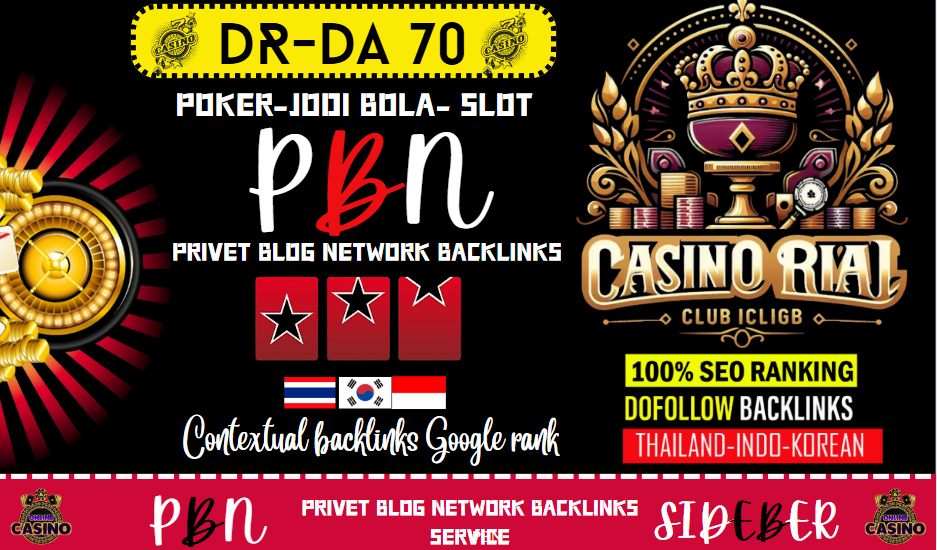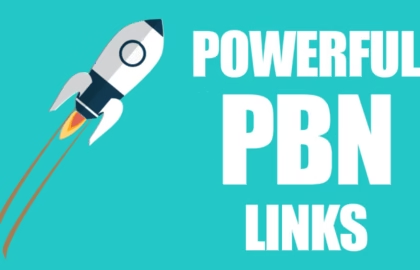PBN stands for Private Blog Network. A PBN backlink is a link that comes from a site within a network of blogs or websites owned by a single person or company. These sites are built specifically for the purpose of linking back to another site to improve its SEO ranking. Sounds a bit sneaky? That’s because it kind of is.
Instead of waiting around for backlinks to come naturally, marketers use PBNs to take control. Think of it like building your own network of fans that cheer you on whenever you want — except these “fans” are websites, and their cheers are backlinks.
Why Are PBNs Popular in SEO?
Simple — they work. Or at least, they used to work really well. With the right setup, PBN backlinks can skyrocket a site’s rankings in Google. SEOs love the control, the speed of results, and the power to dominate even competitive niches.
Understanding the Structure of a PBN
What Makes a Private Blog Network?
A PBN is made up of multiple websites that all look unrelated on the surface but are owned and operated by the same person. Each of these sites links back to the main “money site” to boost its authority in Google’s eyes.
Domains Used in PBNs
Expired Domains
One of the tricks in the PBN game is using expired domains — websites that previously existed, had backlinks, and got abandoned. These domains already have SEO value.
Auction Domains
Some SEOs even buy domains from auctions, especially if they have high-quality backlinks and solid history. These can be pricey, but they’re gold in the right hands.
Hosting and Footprint Avoidance
To avoid being caught, PBN sites are hosted on different servers with different IPs, themes, and content. The goal? Make them look natural and unconnected.
How PBN Backlinks Work
Passing Link Juice
Each backlink from a PBN passes link juice, or SEO value, to the money site. The more authority a PBN site has, the more juice it passes along.
Manipulating Search Engine Rankings
By linking multiple PBN sites to one target site, you essentially tell Google, “Hey, this site is popular!” — even if it’s all staged. If done well, it works like a charm. If not, penalties loom.
Benefits of Using PBN Backlinks
Quick Ranking Results
Compared to white-hat strategies like guest posting or natural outreach, PBNs can deliver fast rankings — sometimes in a matter of weeks.
Full Control Over Anchor Text and Links
You’re the boss here. Want to use an exact match keyword in your anchor text? Done. Want to link to a specific landing page? Easy.
Ideal for Competitive Niches
In high-stakes niches like finance, insurance, or health, PBNs can provide the edge needed to outrank the competition.
Risks and Downsides of PBNs
Violation of Google’s Guidelines
PBNs go against Google’s Webmaster Guidelines. If Google finds out you’re using one, your rankings can vanish overnight.
Deindexing and Penalties
Once Google detects a PBN, it can deindex the PBN sites or penalize the money site — or both. It’s a major risk.
High Maintenance Costs
Running a PBN isn’t cheap. Domains, hosting, content, SEO — all these costs add up. And you have to stay ahead of Google’s updates constantly.
How to Spot a PBN Backlink
Identifying Low-Quality Content
Many PBNs use cheap, spun, or low-effort content. If the article doesn’t make sense or feels robotic, that’s a red flag.
Suspicious Domain Patterns
Look out for domains that once belonged to different niches. If a cooking blog suddenly links to a crypto site — be suspicious.
No Organic Traffic or Engagement
If a site has zero traffic, no social signals, no comments, and no activity — yet it’s linking out — it might be a PBN.
Are PBN Backlinks Still Effective in 2025?
Google’s Algorithm Evolution
Google’s algorithm gets smarter every year. It can now detect patterns, footprints, and low-quality backlinks much better than before.
Smart PBNs vs. Obvious PBNs
While lazy PBNs get crushed, smartly built PBNs with real-looking content, diversified hosting, and natural link profiles can still fly under the radar — for now.
When (and When Not) to Use PBNs
Suitable Scenarios
- You’re in a competitive niche with big budgets.
- You understand the risks and have SEO experience.
- You’re using them as part of a broader strategy.
Red Flags to Avoid
- Relying only on PBNs.
- Using obvious or identical site templates.
- Ignoring Google’s guidelines and updates.
Alternatives to PBN Backlinks
Guest Posting
Still one of the best white-hat link-building methods. Build real relationships and earn real authority.
Niche Edits
Placing links in already indexed articles with traffic — often more powerful and safer than building a PBN.
Natural Outreach
Takes time and patience but pays off long-term. Build your brand, and the links will come.
Building a Safe and Smart PBN (If You Must)
Diversify Your Network
Use different themes, platforms (WordPress, static HTML), and writing styles to avoid patterns.
Use Unique Content
Never reuse content. Invest in original articles that make your PBN sites look real.
Spread Hosting Across IPs
Use multiple hosting providers and IP addresses. Google can sniff out identical IPs like a bloodhound.
Tools for Managing PBNs
SEO Tools for Monitoring Links
Tools like Ahrefs, SEMrush, and Majestic can help track backlink quality and detect drops in link power.
Hosting & Domain Management
Use domain registrars that allow WHOIS privacy and manage your hosting with care to avoid footprints.
Case Studies: Success and Failures with PBNs
A High-Risk Success Story
A niche e-commerce site used 25 PBN sites with aged domains and ranked #1 in three months — then sold for six figures.
A Costly Penalty Example
Another marketer went lazy, reused content across PBNs, and got all sites deindexed, losing rankings and revenue overnight.
Conclusion
PBN backlinks are a double-edged sword. On one side, they offer fast results, control, and power. On the other, they carry risks, costs, and penalties. If you’re going to use them, do it wisely, do it smart, and never rely on them alone. For most people, a mix of safe strategies and a long-term mindset is the better path. But if you’re feeling bold? Well, now you know the rules of the game.
FAQs
Are PBN backlinks white-hat or black-hat?
PBN backlinks are considered black-hat SEO because they manipulate search rankings against Google’s guidelines.
Can beginners use PBNs effectively?
Not recommended. Beginners are more likely to leave footprints and get penalized. It’s a risky move without deep SEO knowledge.
What is the cost of setting up a PBN?
It can range from $500 to $5,000+, depending on the number of sites, domain quality, and hosting setup.
How do I check if my backlinks are from a PBN?
Use tools like Ahrefs or SEMrush to analyze link sources. Look for low-traffic sites with similar structures and link patterns.
Should I buy PBN backlinks from Fiverr or SEO marketplaces?
Avoid it. Cheap PBNs are usually poorly built and easily detected by Google, putting your site at major risk.






